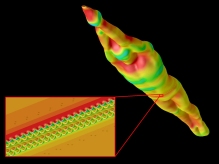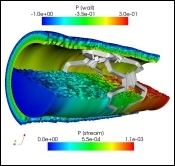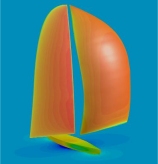Professional Figure and Objectives

The degree program in Mathematical Engineering, launched at the Politecnico di Milano starting from the academic year 2001/2002, aims to train professionals capable of tackling the analysis and modeling of complex systems that require skills from various disciplines, harmonizing solid basic scientific knowledge with mastery of advanced methodologies and technologies.
As such, it is characterized by a continuous synergy between Applied Mathematics and engineering disciplines, providing students with the opportunity to tackle problems from various scientific sectors, concerning both artificial systems, built or buildable by humans, and natural systems, where human intervention is absent or negligible.

Naturally, during the course of studies, students can only engage with a limited number of such problems; however, the opportunity to examine some of them in depth, chosen from very diverse sectors of engineering, along with the solid mathematical, computer, and scientific background provided, gives the future engineer sufficient flexibility to professionally handle problems even very different from those studied.
In conclusion, the mathematical engineer constitutes a new and original professional figure, with the mindset of an engineer and with an adequate spectrum of basic knowledge, combined with a broad knowledge of modern mathematical and numerical methodologies for modeling, analysis, and solving concrete problems of design, control, and management.
Relationships with Other Courses

This is a cross-cutting course compared to existing engineering courses and, at the same time, very different from a course of study in Mathematics or Applied Mathematics, such as those currently offered by the Faculties of Sciences.
Like all engineers, the mathematical engineer must acquire the 'physical' sense of problems through a set of basic teachings that range, for example, from Physics, to Chemistry, to Economics, to Computer Science, the latter being prominently featured.
Some basic engineering courses give students the typical mindset of an engineer and the technological sensitivity to tackle complex problems.
The engineer's mindset is a fundamental element of the course of study, and it is this aspect that substantially differentiates it from a course of study in Mathematics or Applied Mathematics. Students in the latter develop a mindset that primarily leads to investigating the principles of operation and the nature of mathematical tools. In contrast, the engineering student is primarily trained in the optimal use of these tools in relation to various contingent situations.
The mathematical engineer must be able to combine the two attitudes and try to use the methodologies at his disposal at the appropriate level of depth and rigor for the importance and difficulty of the problem to be solved. In various occasions that arise in his professional life, he must be able to assess when it is necessary to respect full mathematical rigor and when, instead, it is sufficient to use approximation algorithms correctly. Ideally, the mathematical engineer must be able to choose the mathematical model to use, based on a compromise between desired accuracy and tolerated complexity, seeking a satisfactory adherence to reality, while optimizing costs in time and money.



